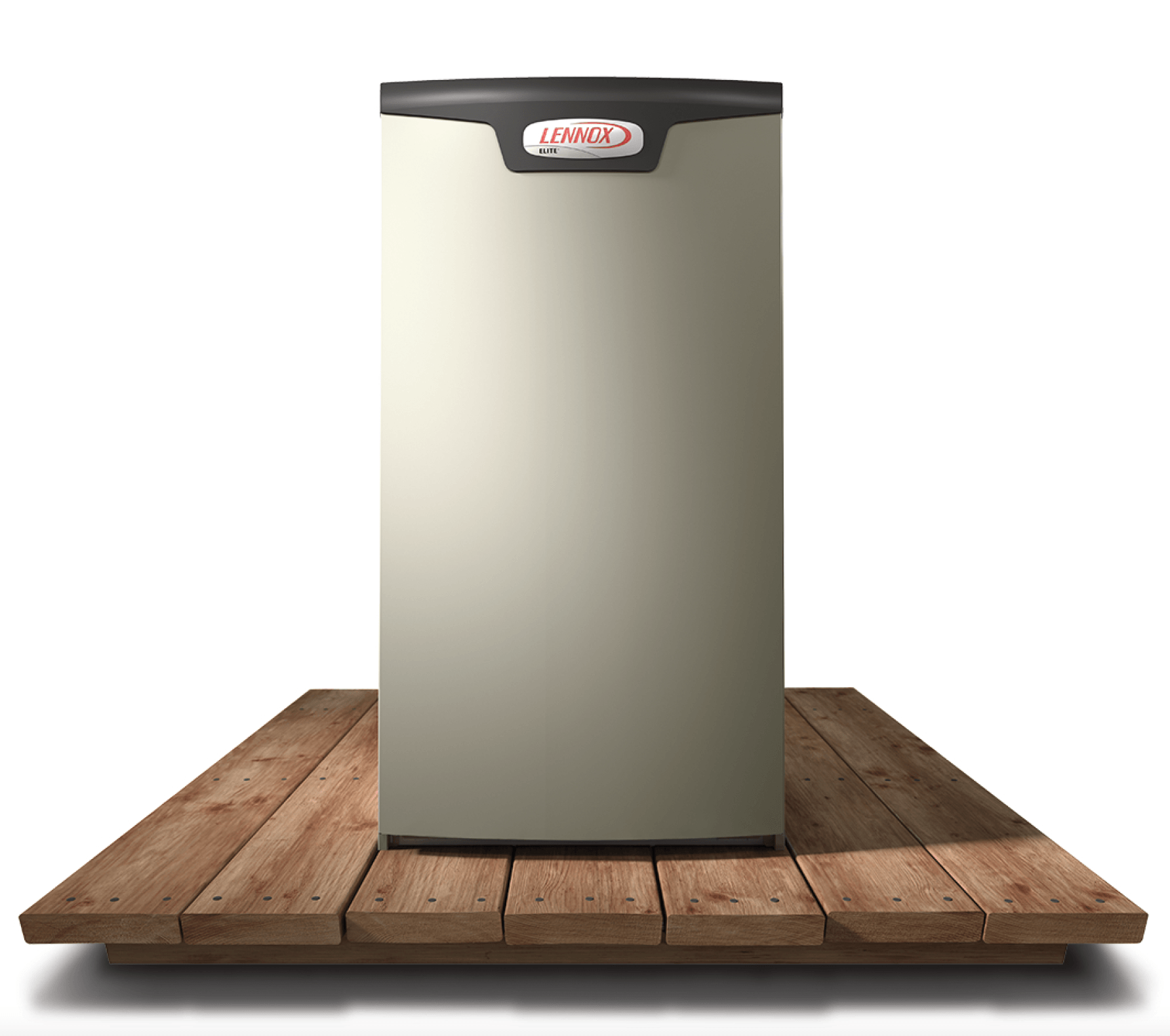Technology has made lots of things easy, but in regards to finding the appropriate heating and cooling requirements in your home, it’s often difficult to find the right fit. As such, when you move to a new house or are looking to replace an old furnace, the most common question you’re likely to ask is, “What size furnace is right for my home?”
A furnace can only remain effective if the right size is installed. Investing in the wrong-size furnace may lead to incurring unnecessary expenses, uneven heating, and reduced durability. Similarly, if the furnace is too big, it will make your home excessively hot.

The best way to determine the right furnace for your home is to enlist a licensed professional and save yourself time and money. If you’re determined to do it yourself, then you need to calculate the amount of energy your home needs before investing in a heating appliance. You will need to take into account your home’s heat loss. Below is how you can make the calculations.
British Thermal Units (BTU) Explained
Finding the right furnace size for your home depends on the furnace’s BTU. BTU refers to the amount of energy needed to heat a pound of water by one Fahrenheit, and its value ranges from 40,000 to over 100,000.
While shopping for a furnace, it’s highly important to pay attention to whether the BTU printed on the furnace is ‘input’ or ‘output.’ If, for example, a furnace has an output BTU of 70,000, it means that the input capacity is higher than the value. This is a result of heat loss during the heating process. Consequently, if a furnace comes with an input BTU of 70,000, then the output will be lower.
The heat loss percentage for your home, that is the amount of heat lost during the delivery process, is guided by the Annual Fuel Utilization Efficiency (AFUE). If a furnace comes with an AFUE value of 80%, then 20% of the heat produced by the furnace will be lost during the heating process. Those are two important things to consider while shopping for the right heating appliance for your home.
Calculate Your Home’s Square Footage
The first step in determining the right-size furnace for your home is by calculating its square footage. It follows that the more space for heating, the more the output. Thankfully, calculating the square footage of your house can be as easy as checking it from the original appraisal, lease, or listing.
If the measurements are nowhere to be found, you can use a tape measure to determine the length and width of each room. Only measure the rooms connected to your heating system, otherwise, you will unnecessarily inflate the measurements.
Determine the total sum of your home’s square footage, and check it against a furnace size chart. There are different charts available and many follow the following guide:
- 1,200-square-foot house: 36,000–72,000 BTUs
- 1,500-square-foot house: 45,000–90,000 BTUs
- 1,800-square-foot house: 54,000–108,000 BTUs
- 2,100-square-foot house: 63,000–126,000 BTUs
- 2,400-square-foot house: 72,000–144,000 BTUs
While the above chart helps you find the accurate furnace for your home, other factors play an important role in determining the BTU output your home needs. You will need to consider the climatic zone your home is located in. This is because the BTU value is affected by different altitudes.
There are five climate zones in the U.S.:
- Zone 1: The southern regions of the U.S., including Miami, New Orleans and Houston. The BTU range is between 30 to 35
- Zone 2: Coastal California and Southern cities of Atlanta and Little Rock. The BTU heating factor is between 35 to 40.
- Zone 3: Covers Virginia, west to Missouri and Kansas. The BTU range is between 40 to 45.
- Zone 4: Includes Boston, New York and Chicago. Has a BTU factor of between 45 to 50.
- Zone 5: Covers the northernmost zone in the continental US, including Buffalo and Minneapolis. The BTU factor for this zone ranges from 50 to 60.
Calculating the Required BTU Output
Once you have established the square footage of your house, you can now multiply it against the BTU values, depending on your climate zone. If you’re moving into a new house that is properly insulated, use the lower value in the BTU heating factor of your zone. However, if you’re unsure of how well your house is insulated, you should always use the higher value.
If, for example, you live in a 1,200-square-foot house that is poorly insulated in Virginia, multiply the number by 45, the recommended value. This will give you 67,500 BTUs, which should be enough to keep you and your family warm.
Other Factors to Consider While Sizing a Furnace
Apart from the square footage, the insulation, and the climate zones of your home, other factors you should keep in mind include:
Windows
Large windows can cause significant heat loss. For this, it comes recommended that you use the higher value of the BTU range, particularly if the windows are also old.
Sunlight exposure
The direct exposure of sunlight to your home influences the amount of BTUs you need. If most rooms are dark, lower the capacity by 10%. But if the rooms receive enough sunlight, increase the capacity by 10%.
Number of occupants
Human bodies produce heat that is dissipated into the immediate environment. As a result, if the number of occupants in your home is many, you will need a lower BTU output.
Floors
If your house has several stories, you will need a furnace with fewer BTUs. The upper floors of the house act as insulators.
Your home’s age
Newly constructed homes have better insulation than old houses. Old houses, however, experience significant heat loss that should be compensated by a furnace. For this, you require more BTUs to keep the house warm.
Heat preference
How much temperature needs to be maintained in your house also determines the size of the furnace you need to invest in. Whether you want to keep the thermostat high or low, it will affect the BTU requirement for your furnace.
Height of the ceiling and the ceiling Fans
Higher ceilings mean more space to heat. You need more BTUs to heat such a home. But if you have highly efficient fans, which improves circulation in your house, then you need fewer BTUs to keep the home comfortably warm.
Ductwork
You should get a furnace with matching ductwork. If the ductwork is squeezed, the lifespan of your furnace will be reduced. You need spacious ducts to provide easy and efficient flow of air.
Shape/color of your house
Dark roofs absorb more heat, hence fewer BTUs when compared to those that reflect heat. Similarly, long and narrow houses require more heat than a house with the same square footage. This is because narrow houses experience more heat loss.
Call Us Today
If you’re looking to install or upgrade your home furnace, give Polar Air & Heating, Inc. a call. Our experts in Las Vegas are well versed and ready to offer tailored solutions to your home’s heating and cooling requirements. We also perform indoor air quality services. Reach out to us today!
Contact Us






















